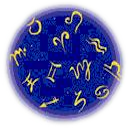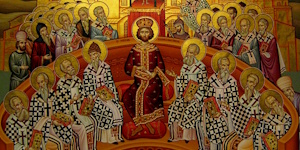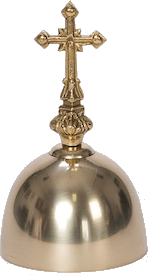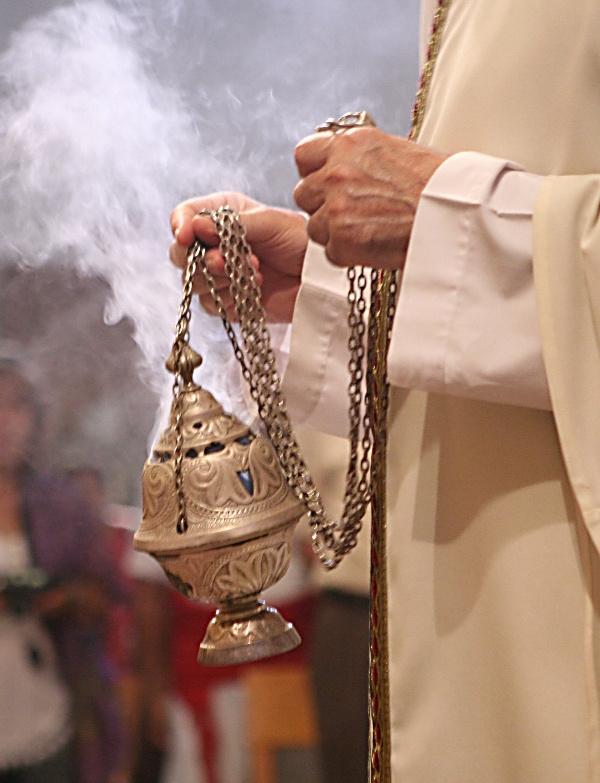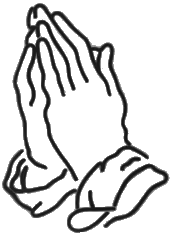Pagan customs adopted by Christianity
Rituals, symbols and other customs form an important part of Christian worship, yet the origins of some of them are far, far away, from being Christian.
...and a few more articles:
Paganism has a wider influence on our lives than we might think
Several of the above topics suggest that pagan religions shaped Christian practice, and that raises the question: "So what?" Christians should be cautious about condemning practices as 'pagan', just because of their probable origins.
Isn't it possible that God inspired such rituals and designs through ancient religious practices as part of His plan to prefigure; to prepare humanity for the great sacrifice of Jesus?
Books such as Ancient Pagan and Modern Christian Symbolism may distract us from what matters more: the teachings of Jesus - loving our neighbour and praising God.
Ultimately, God delights in love and goodness, whatever rites or symbols we use to help us reach those goals.

